Your complete guide to 10-minute delivery
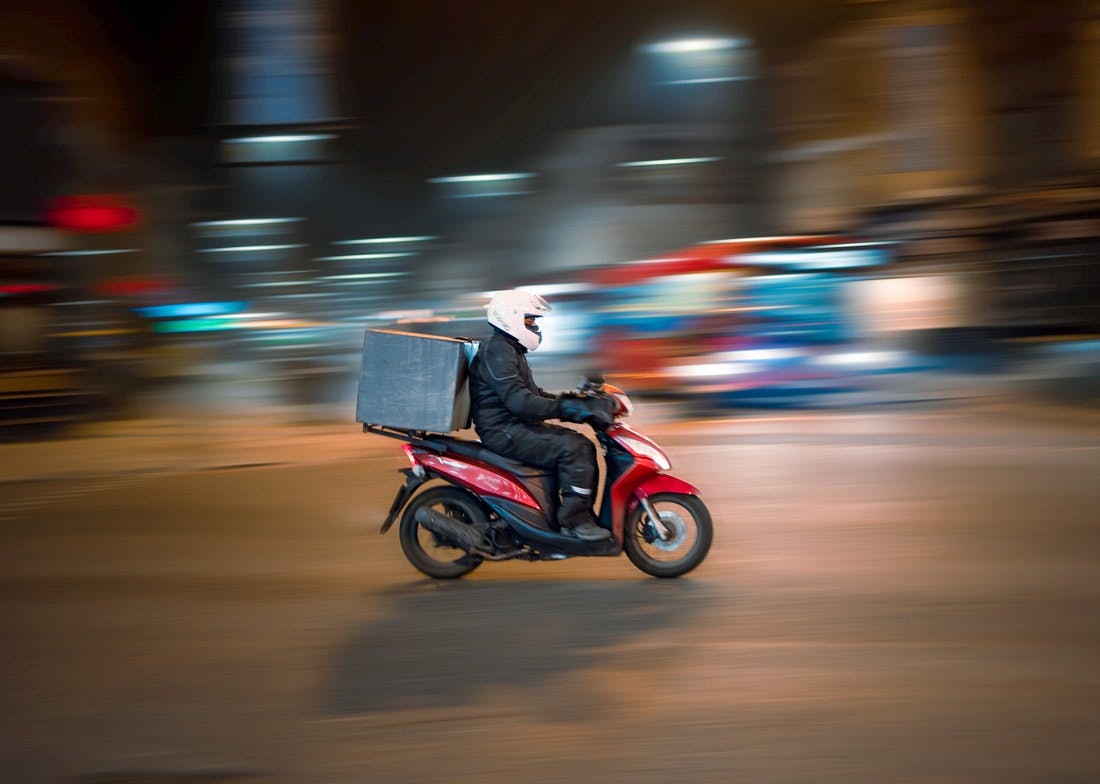
The hottest trend in Indian startup ecosystem right now
Shreyans Singh is the author of Integral, your guide to the Indian Technology ecosystem, and tweets about tech and startup insights. Subscribe to Integral🕹️ here.
$800 billion market💰
11 million competitors🥵
10 minutes to deliver⏰
This is the next big thing in the Indian startup ecosystem: 10-minute delivery.
Lots of startups, big and small, are rushing into this. A stealth startup called Zepto emerged from stealth mode with a bang and got $60 million funding for 10-minute delivery. Grofers has started 10-minute grocery delivery in many cities. Swiggy has launched Instamart. Dunzo has launched Dunzo Daily. Even Ola has started testing quick grocery delivery in Bengaluru.
So one thing is clear: there's a huge craze for 10-minute delivery. This got me curious:
- Why 10-minute delivery?
- How 10-minute delivery?
- How will startups make money through 10-minute delivery?
I'll answer all these questions in today's newsletter. Let's go🚀🚀
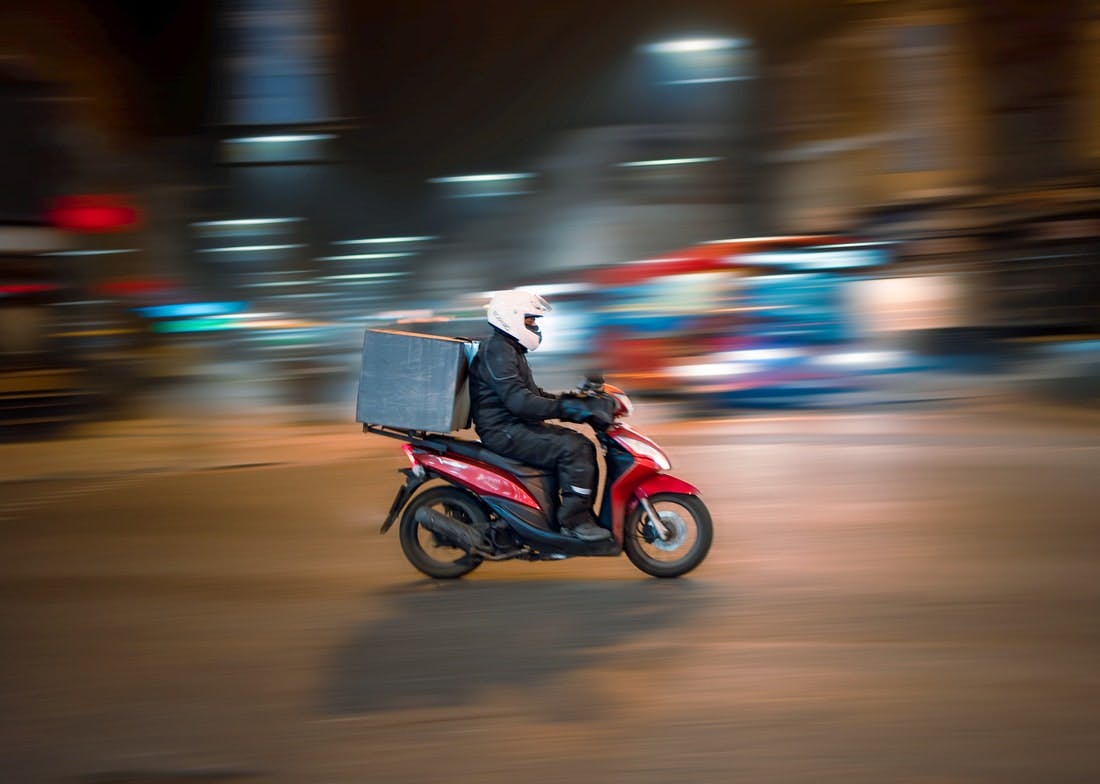
Why 10-minute delivery?
(I wrote a twitter thread about it this week, so I'm putting that below)
If I can buy clothes from a retailer, why should I order online on Amazon/Flipkart/Myntra?
If I can buy milk and groceries and snacks from a supermarket, why should I order online on Bigbasket?
If I can buy a meal from a restaurant, why should I order online on Swiggy/Zomato?
You get the point, right? I can get all these things near my house. So why should I order online?
The answer: Convenience.
Ordering online is more "convenient" for us than going out and buying it.
Tech companies used this "convenience" factor to disrupt traditional companies.
Because of this "convenience" factor, Amazon/Flipkart/Myntra were able to disrupt retailers.
Because of this "convenience" factor, Bigbasket/Grofers were able to disrupt supermarkets.
Because of this "convenience" factor, Swiggy/Zomato were able to disrupt restaurants.
But retailers, supermarkets, and restaurants are a small part of India's retail market.
India's retail market is huge: $800 billion. And it’s dominated by the 11 million kirana shops!!
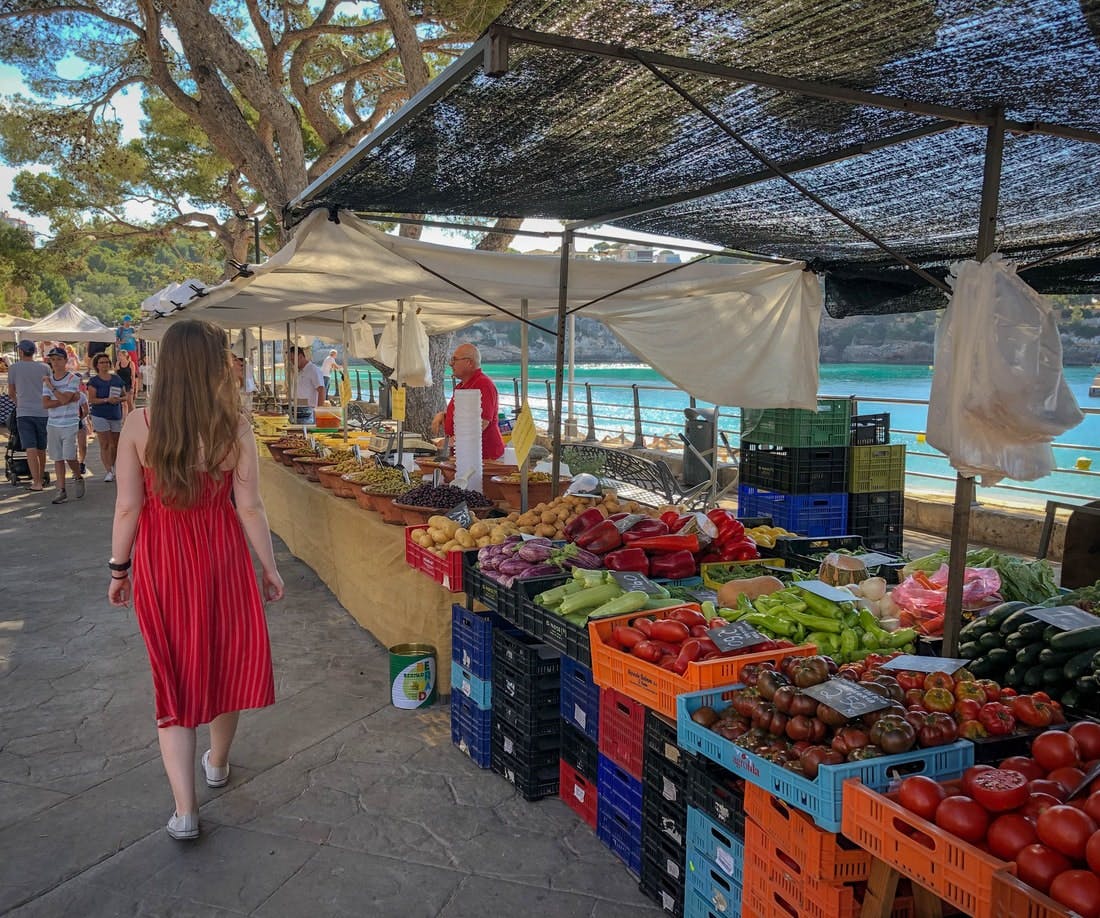
So if these tech companies wanted to dominate the Indian retail market, they had to disrupt kirana shops.
Enter 10-minute delivery.
I won't order on Bigbasket, Swiggy, or Amazon if I urgently need groceries because they take too long. I'll just go to the neighborhood kirana shop and buy it.
Why? Because kirana shops are more "convenient" than tech companies.
But with 10-minute delivery, tech companies will be able to deliver stuff much faster, and they will become more "convenient" than kirana shops.
That's why so many startups like Swiggy, Grofers, Zepto, Dunzo are spending so much money on 10-minute delivery.
One more interesting thing about 10-minute delivery is "evolution".
When the internet was a new thing, online delivery was complicated. Amazon had to spend a lot of money to ensure delivery in "3-4 business days".
But as the internet became popular, online delivery became easy. That's why companies like Bigbasket and Grofers were able to deliver groceries in 1-2 days. In other words, online delivery evolved.
Then, online delivery evolved further. The rising popularity of smartphones meant companies could track drivers in real-time. So Swiggy and Zomato could deliver food in 30 minutes.
And now, almost everyone has a smartphone and the internet has also become very cheap. That's why we are seeing the next evolution in online delivery: 10-minute delivery.
Before I end this section, just one last point. Many people on Twitter were making fun of 10-minute delivery. "Who needs 10-minute delivery? We can just go to the nearby kirana shop!".
I'm sure lots of people said the same thing when Amazon started delivering books. "Who needs books delivered to their homes? We can just go to the nearby bookstore!".
And people must have said the same thing about Swiggy/Zomato: "Who needs food delivery? We can just go to the nearby restaurant!".
Guess what? Everyone orders books and clothes and food online. At that time, these things seemed unthinkable, but now they feel normal.
The same will happen with 10-minute delivery. Right now, it seems unthinkable. But after some time, we will get used to these 10-minute delivery startups.
How 10-minute delivery?
You know "why" 10-minute delivery is essential.
The next question: How.
How will they deliver groceries so quickly?
The answer is in 2 parts: Mini warehouses and limited inventory.
👉 Mini warehouses:
To deliver items in 10 minutes, warehouses need to be closer to people's homes. That's why these 10-minute delivery startups create lots of mini-warehouses in every city.
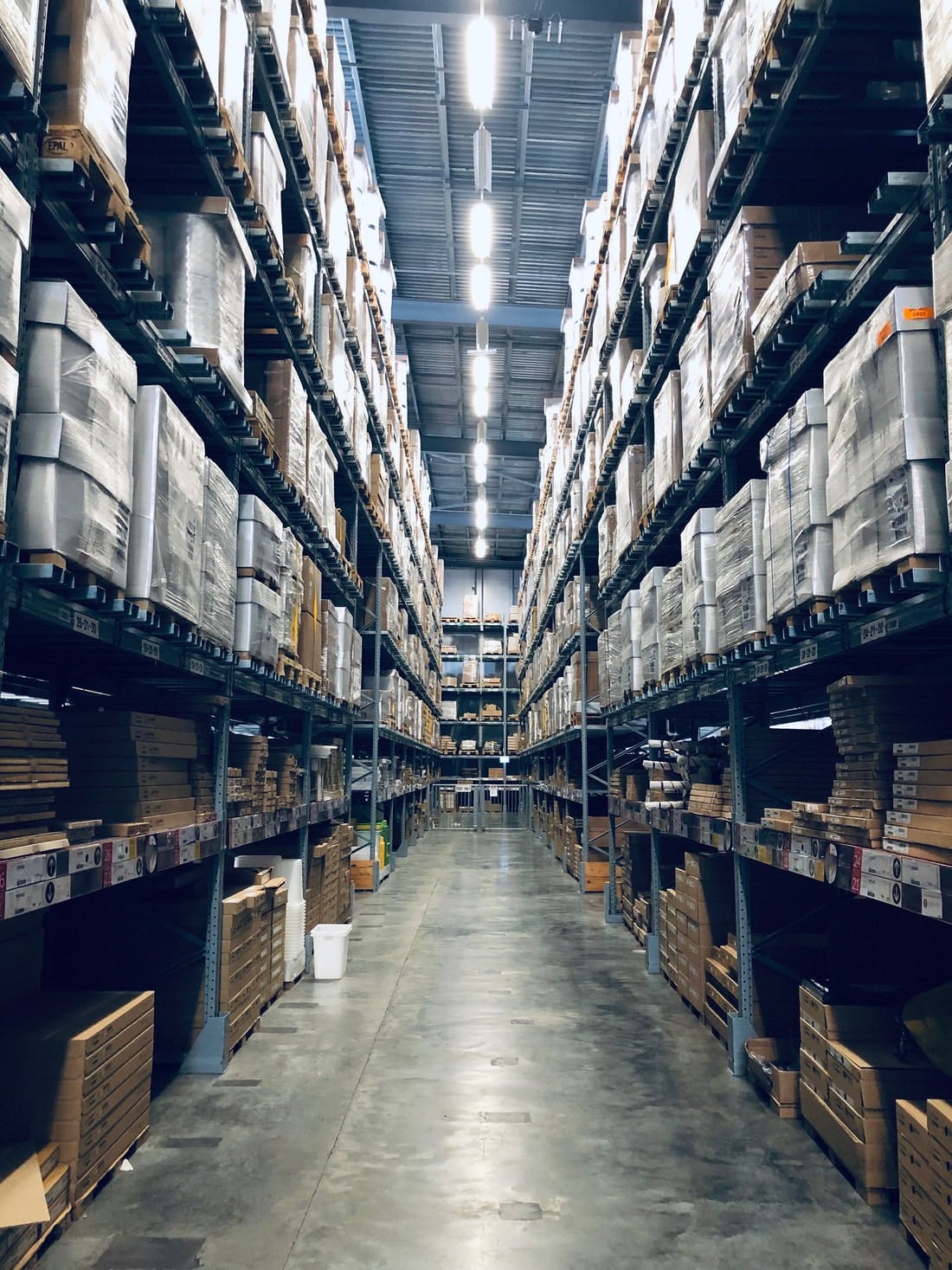
For example, Grofers has lots of mini-warehouses within 2kms of people's homes. Dunzo has a chain of mini-warehouses called Xpress Mart located within 5kms of people's homes. Swiggy's Instamart and Zepto also follow the same strategy.
Here's Grofers CEO Albinder Dhindsa explaining 10-minute delivery:
Our partner stores are located within 2 kms of our customers. We have 60+ stores in Delhi and 30+ in Gurgaon already. Our stores are so densely located that we can deliver 90% of our orders within 15 minutes even if our riders drove at 10kmph. Our instore planning and tech is now so good that we pack most orders under 2.5 minutes.
👉 Limited inventory:
10-minute delivery has brought a big shift in the mindset of online delivery startups.
Earlier, they were following the supermarket-strategy: They kept lots of inventory in the warehouses to give more choices to customers. But it resulted in slow delivery.
Now they have realized that their real competitors are kirana shops. So they have changed their strategy to kirana shop-strategy. They have mini-warehouses, and they keep limited inventory in these warehouses.
Sure, limited inventory means fewer choices for customers, but it’s actually a good thing. These startups are able to keep only the most popular items in each mini-warehouse. So, instead of 10 different types of ketchup, there will only be 1 or 2 types of ketchup in the mini-warehouse. So the delivery person will be able to pick up the items much faster and deliver quickly.
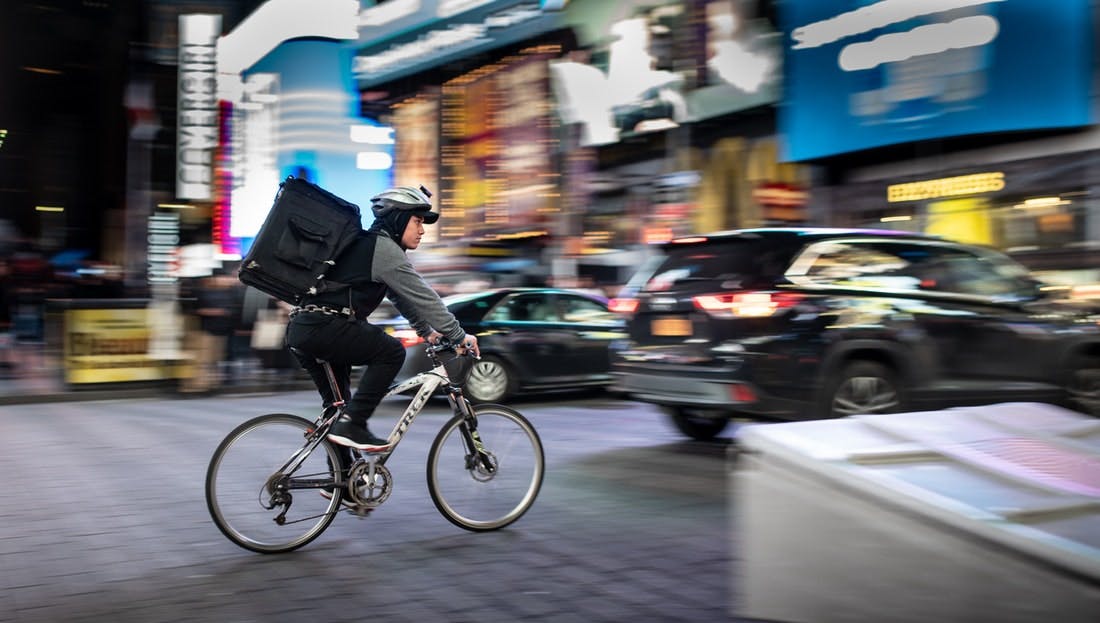
Grofers used to keep 8000 items in its warehouses. But it only keeps 1800 items in its mini-warehouses. Most of the 10-minute delivery startups keep ~2000 items at each mini-warehouse.
🕹️ How will startups make money through 10-minute delivery?
Even normal online delivery is very unprofitable. So I expect that 10-minute delivery will be super-unprofitable, at least for a few years. But if these 10-minute delivery startups have to succeed, they will need to turn their super-unprofitable thing into a profitable thing. How will they do this? I can think of 3 ways:
👉 Scale:
Achieving scale is the simplest way for online-delivery startups to become profitable.
Setting up warehouses, creating the whole supply chain, delivery persons: all this is very expensive. To become profitable: revenue from online delivery > expenses
If fewer people order online, they won’t achieve scale. And revenue from online delivery < expenses. So, losses will continue.
But if somehow these startups convince more people to order online(through discounts, free delivery), they will achieve scale and revenue from online delivery > expenses and they will be profitable.
👉 Subscribe to Groceries:
Unlike books or clothes which we buy occasionally, we need to buy groceries daily/weekly.
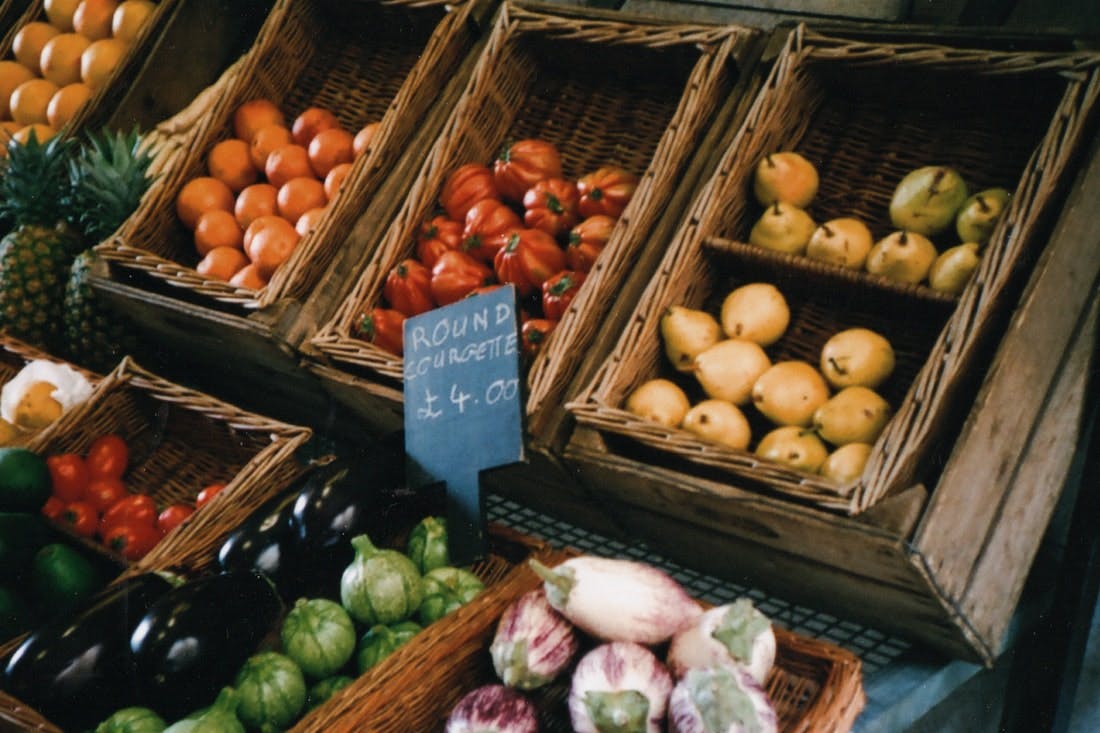
10-minute delivery startups can take advantage of this fact and create a "subscribe to groceries" feature in which they will deliver groceries to our doorstep at fixed intervals (daily/weekly).
It will be beneficial for both people and startups. People won't have to worry about ordering groceries every time at the last moment. Startups will get benefitted because of the “sunk cost effect”. Because people will have already paid the subscription fees, they will always order groceries from that particular startup, they will not even look at alternatives. This is called the "sunk cost effect". So the startups will get loyal customers and a more predictable revenue stream.
Amazon, Swiggy, Zomato: all these companies use the “sunk cost effect”. Prime members mostly buy from Amazon because they have already paid the subscription fees. They won’t even look at alternatives like Flipkart and Myntra. Zomato Gold members will always order food from Zomato because they have already paid the subscription fees. They won’t even look at alternatives like Swiggy.
👉 Own Brands:
Just like Amazon has its own brands like Amazon Basics and Solimo, these 10-minute delivery startups can do the same. Creating their own brands is very profitable for retailers.
In fact, 10-minute delivery startups will have one more advantage with their own brands. The mini-warehouses can stock very few items, right? So the startups can only keep their own brands in stock and no other alternatives. So people will be forced to buy them. Sounds evil, but it’s a good strategy for getting profits.
–
This article originally appeared in Integral, a newsletter to get smarter about Indian startups.
Comments (3)
Arpit Choudhury
Building Data Beats and astorik
valeria evseneva
Content Manager
More stories
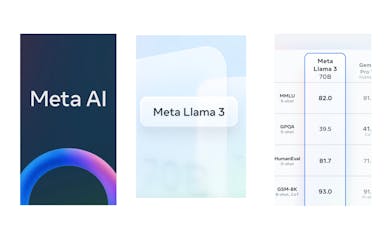
Kyle Corbitt · How To · 3 min read
What we've learned in 3 days of Llama 3

Aaron O'Leary · Announcements · 2 min read
Introducing Shoutouts

Finn Lobsien · Opinions · 5 min read
Can Devin AI Replace Product Managers?

Aaron O'Leary · News · 2 min read
Meet Nvidia's new localized AI chatbot

Sarah Wright · News · 2 min read
The top 15 AI products from 2023

